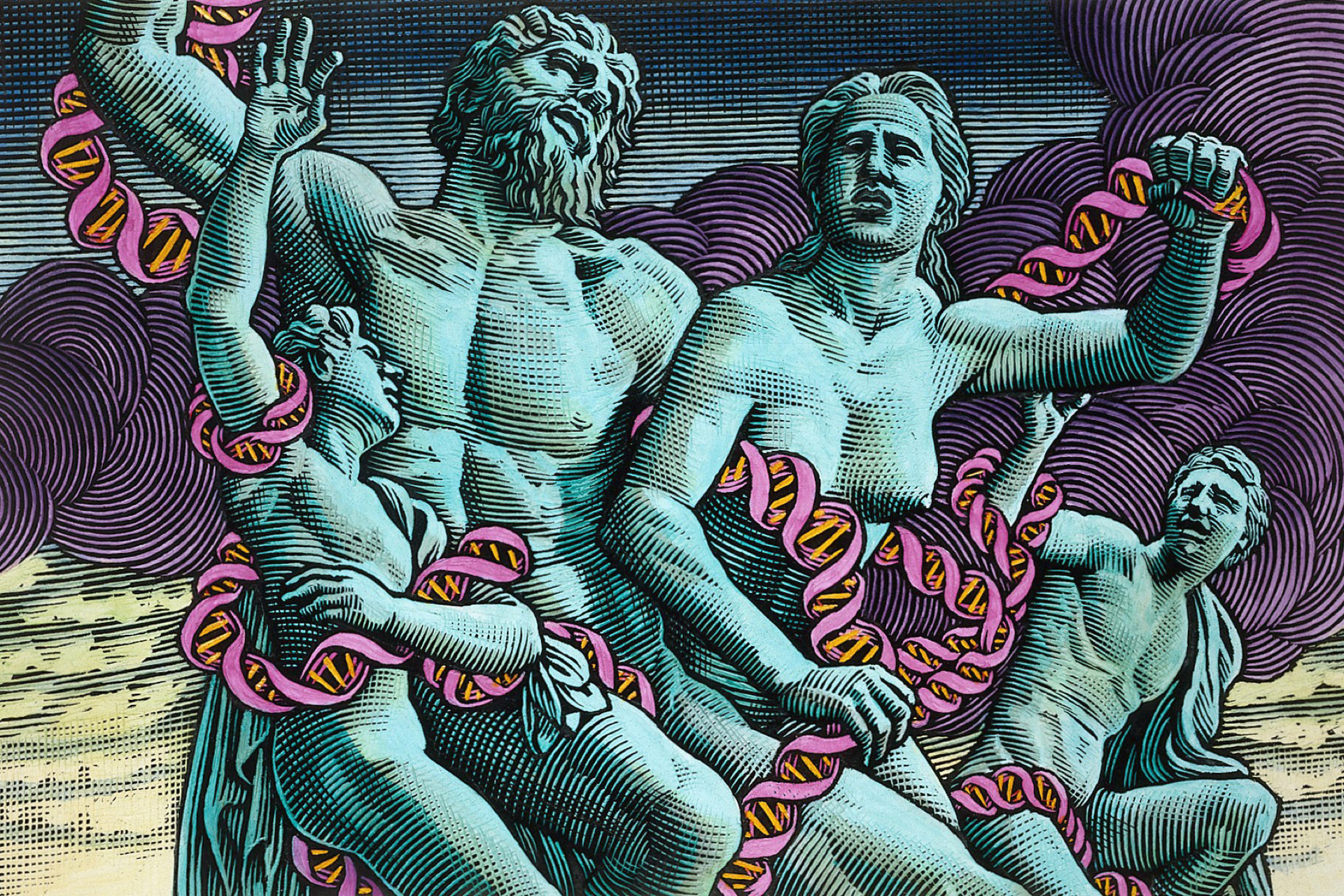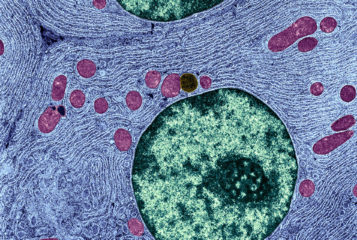In a world first, the birth of a baby boy who was conceived using mitochondrial donation has been reported.
Mitochondrial donation involves conceiving a child with genetic material from three people - two parents and a mitochondrial donor - to prevent the inheritance of debilitating and sometimes fatal mitochondrial diseases.
'To save lives is the ethical thing to do,' Dr John Zhang, medical director of the New Hope Fertility Centre in New York, who carried out the procedure, told New Scientist.
The baby, born in April, was conceived using mitochondrial donation because the boy's mother is a carrier of Leigh syndrome, a mitochondrial disease which affects the brain, muscles and nerves. Mitochondrial DNA is inherited solely from the mother, and the couple's two previous children had both died from the condition.
The baby boy is reported to be healthy. Different tissue samples indicate an average level of 1.6 percent of mitochondria which carry the mutation; around 18 percent of mitochondria need to be affected to see symptoms of the syndrome. However, some are concerned that this could change over time, or differ between organs that were not sampled, such as the brain or the heart.
At present, the UK is the only country to have legalised mitochondrial donation. Yet the procedure was carried out in Mexico where, says Dr Zhang, 'there are no rules.' While many experts have welcomed the news, and anticipate it may encourage further research and legislation in the field, it has also raised concerns and debate within the scientific community.
Dr Dusko Ilic, a stem cell researcher at King's College London, told the Guardian: 'By performing the treatment in Mexico, the team were not subject to the same stringent regulation as some other countries would insist on. We have no way of knowing how skilful or prepared they were, and this may have been a risky thing to do.'
The baby was conceived using the maternal spindle transfer method, in which nuclear material is removed from an egg of the mother and is placed into an enucleated egg from the mitochondrial donor containing healthy mitochondria. The resulting cell, containing genetic material from both women, was then fertilised using sperm from the father.
Of the five embryos created this way, only one developed normally, and this one was implanted into the mother. So far only an abstract of this latest research has been published online. The research will be presented at the American Society for Reproductive Medicine meeting in Salt Lake City in October.
Dr Zhang has published a paper reporting on an earlier attempt to use mitochondrial donation in China in 2003, where no embryos survived to term.
Sources and References
-
Exclusive: WorldÔÇÖs first baby born with new ÔÇ£3 parentÔÇØ technique
-
ÔÇÿThree-parent babyÔÇÖ claim raises hopes ÔÇö and ethical concerns
-
First live birth using human oocytes reconstituted by spindle nuclear transfer for mitochondrial DNA mutation causing Leigh syndrome
-
World's first baby born from new procedure using DNA of three people
-
Birth of Baby With Three ParentsÔÇÖ DNA Marks Success for Banned Technique








Leave a Reply
You must be logged in to post a comment.